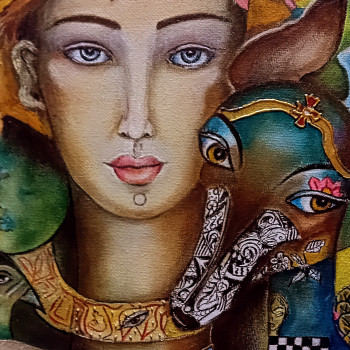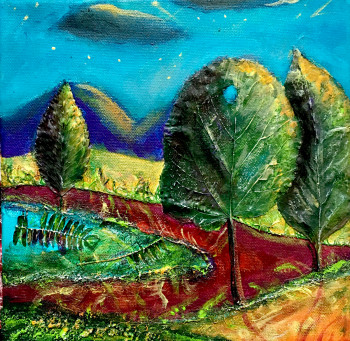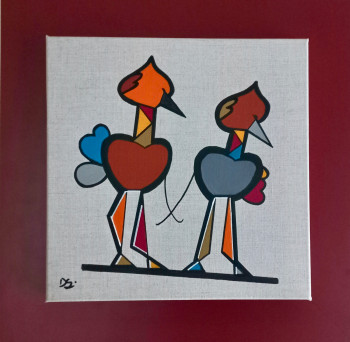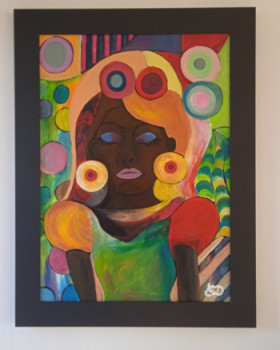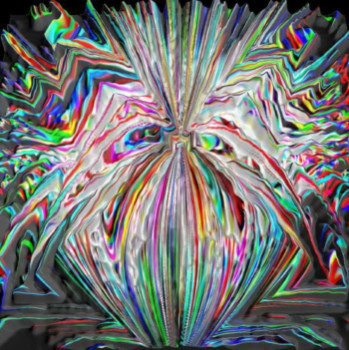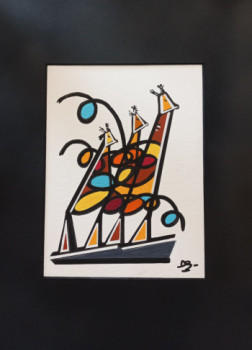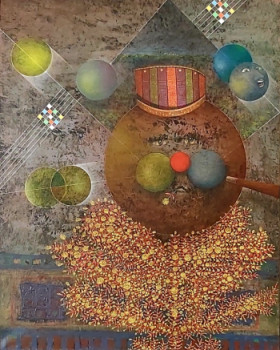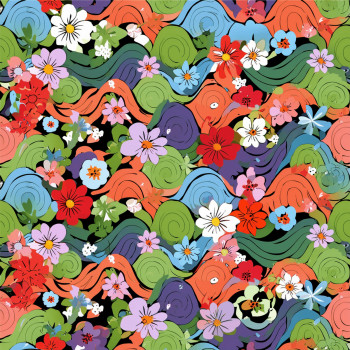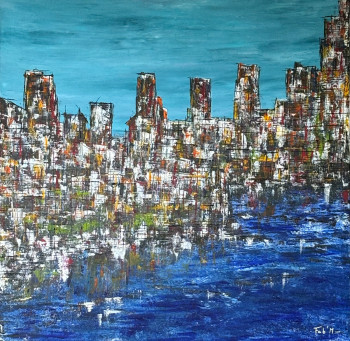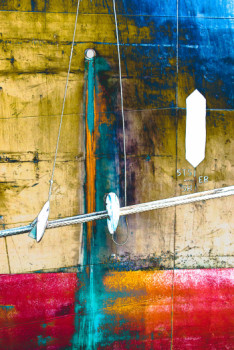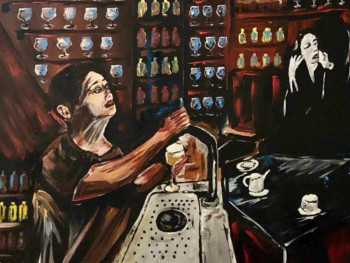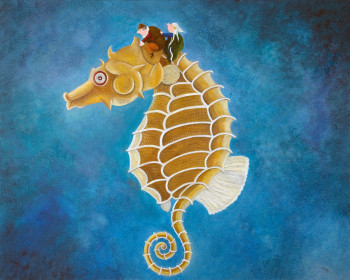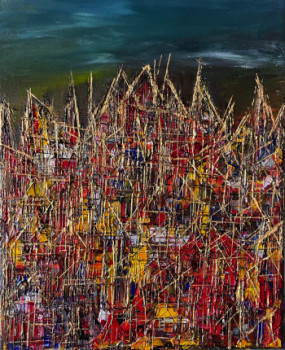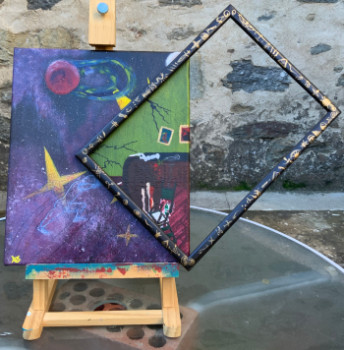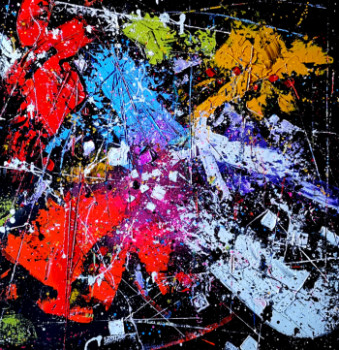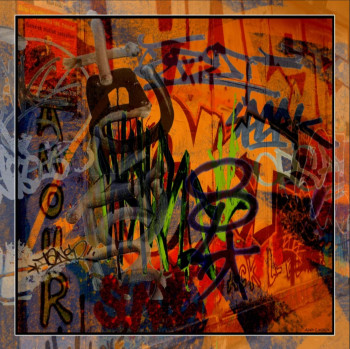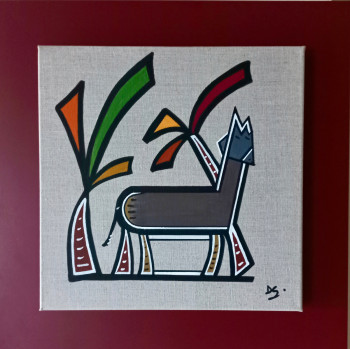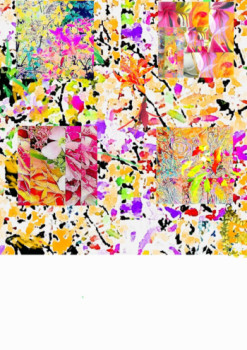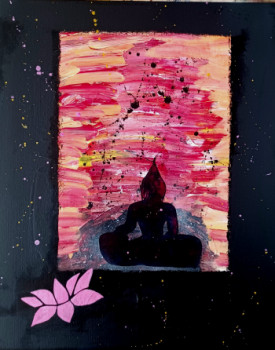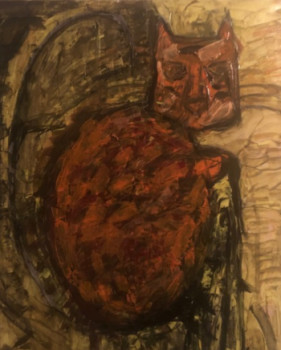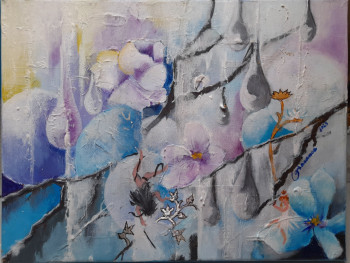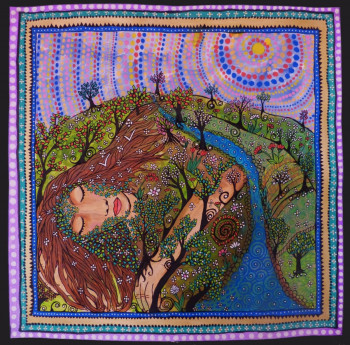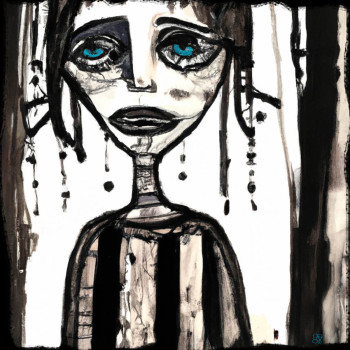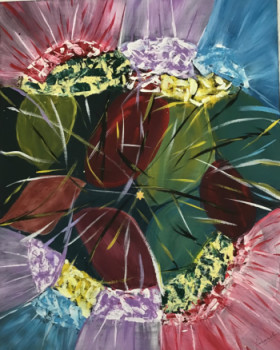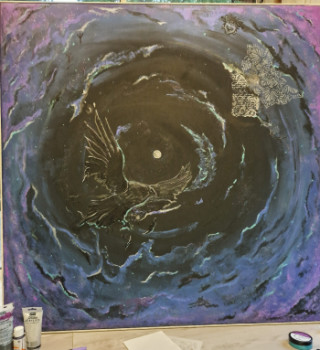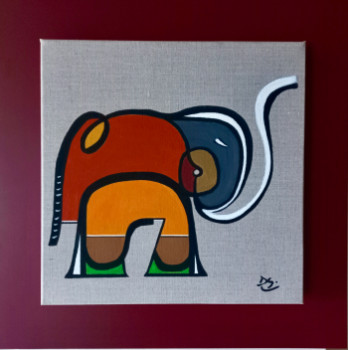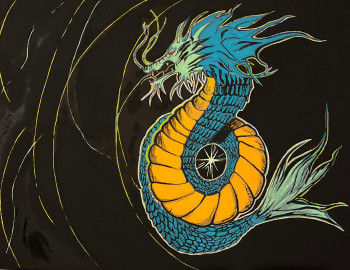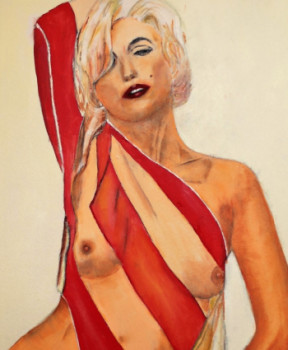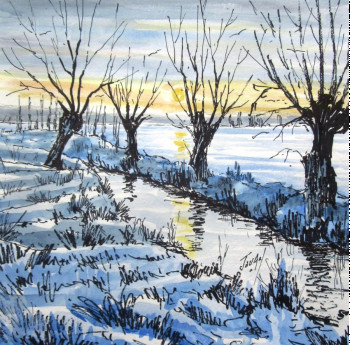
Lurcat: the emblematic tapestry artist

Jean Lurcat is a contemporary artist who succeeded in relaunching Aubusson creation during the 20th century. Today, he is a tireless creator which is recognized for the quality of its works, but ;also a multi-faceted artist. As a painter, but also as an illustrator and as a poet. He is passionate about mixed techniques of tapestry and ceramics and it is certainly for these different creations in this field, that it is essential today.
An accomplished artist
Lurcat can be seen as a painter, but also as a ceramist or a tapestry designer. Its story begins on July 1, 1892 at Bruyères, in the Vosges. He died at Saint-Paul de Vence at the date January 6, 1966. Unquestionably, this tapestry work allowed him to acquire a certain notoriety, because he profoundly renovated this dusty language.
At first, he undertook secondary studies at a university. Pinal and he then decided to pursue a university career by considering medical studies at the University of Paris. the faculty of Sciences of Nancy. Subsequently, he will go to Switzerland and Germany and he makes the decision to put an end to his life. his studies.
However, it remains devoured. by a deep artistic passion and he decided to join the workshop of Victor Prouvé, in Paris. at the time the head of the Nancy school.
In 1912, he made the decision to leave Eastern France for the capital with his brother André. He continued his apprenticeship by joining the ’Académie Colarossi before joining the workshop of the engraver Bernard Naudin.
It’s at that moment that he is struck by by beauty paintings by Paul Cézanne, Henri Matisse and Auguste Renoir. He also met Elie Faure, Antoine Bourdelle and Rainer Maria Rilke with whom he founded the Feuilles de Mai. It is a art magazine, particularly popular and evoking many celebrities.
At the same time, he officially became the apprentice of Jean-Paul Lafitte, a freco painter. In 1914, he participated in a large-scale project the faculty of sciences of Marseille.
He was initially supposed to fly to Italy, but unfortunately the First World War changed these plans. He then enlisted in the infantry, but seriously ill he was evacuated. the date of November 15 to be hospitalized in Isère. He suffered from typhoid and during his convalescence at the hospital. Meaning, he continued to excel in art by devoting himself to painting. painting, but also discovers lithography. In 1916, he was mobilized. on the front before being seriously injured and be evacuated.
As of September, he succeeded in achieving his goal. exhibit his first works at Zurich.
When the tapestry becomes real evidence
Jean Lurcat created his first canvases in 1917. « Green Girls » and « Evenings in Granada'. At the end of the war, that is to say in 1918, he arrived at He went to Italy and the following year held a second exhibition in Paris. Zurich.
Traveling allows him to develop his artistic side. artistic and in 1920 he went to both at the same time Berlin, at Munich, at Rome or even in Naples. But it was in the company of Marthe Hennebert that he decided to settle in the French capital. The same year, he participated in the Salon des Indépendants by highlighting four of his paintings and 2 tapestries. It was also during this period that he met the art dealer Étienne Bignou.
1921 was an important year for Lurcat, because he discovered Louis Marcoussis, but also Max Jacob and Pablo Picasso. In 1922, he succeeded in He created his fifth tapestry on canvas. Then, he multiplied his personal exhibitions in the capital and created a very large wall decoration in the gallery of Villefix. Unfortunately, his work is no longer accessible today, as it has since disappeared.
The beginning of glory
Lurcat perfectly masters the different assembly techniques and always in the company of Marthe, he left for the Orient in 1927. He was missioned there. for a decorative mission for the David David Weill family by making four tapestries. It also presents « The storm » for Georges Salles, that is to say for the national museum of modern art. The same year, he flew to the United States and had his first exhibition in Paris. New York.
Two years later, these exhibitions are multiplying in the largest cities such as Paris and London, but also abroad. New York and beyond Chicago. Gradually, he reduced his pictorial production when he settled in Switzerland.
Meanwhile, the divorce is finalized. with Marthe Hennebert, but that does not mean that they will put an end to their relationship. their collaboration.
A true technical renewal
When he discovers the « hanging from the Apocalypse », a work from the 14th century, Lurcat experiences a real aesthetic shock. This work will have a considerable influence on its technical renewal. Indeed, he developed a new technical language based on the reduced palette, the numbered boxes as well as the robust weaving at the same time. wide point.
It was during this period that he completely abandoned painting by turning to gouache. Before the Second World War, these tapestries were once again exposed to the public. New York and beyond Paris. He also participates in the exhibition of contemporary tapestry which takes place at the museum of the Augustins of Toulouse.
Lurcat: the production of ceramic works
After a difficult period during the Second World War, Jean Lurcat decides to stay in Paris. Sant Vicens, in the eastern Pyrenees. It’s From 1951 he worked exclusively in ceramics to create vases, pitchers and even plates. He meets Jean Camberoque with whom he becomes friends. He made important ceramics for the pottery of Sant Vicens as well as for the school of Saint Denis.
1961 marks another turning point in his artistic work by developing a monumental ceramic, adorning the front of the house of radio at Strasbourg.
On January 6, 1966, he died, leaving behind works that marked his life. his time. There you go why the Jean Lurcat Foundation was created in 2010, in tribute to his considerable influence in the art world.
He is a contemporary artist who has succeeded in creating relaunch Aubusson creation during the 20th century. Today, he is a tireless creator who is recognized for the quality of his work. of his works, but also a multifaceted artist. As a painter, but also as an illustrator and as a poet. He is passionate about mixed techniques tapestry and ceramics and it is certainly for these different creations in this field that it is essential today.
Découvrez quelques oeuvres inspirées de Lurcat
